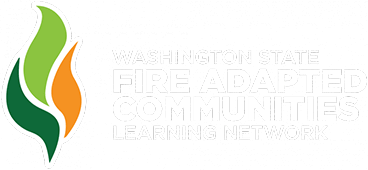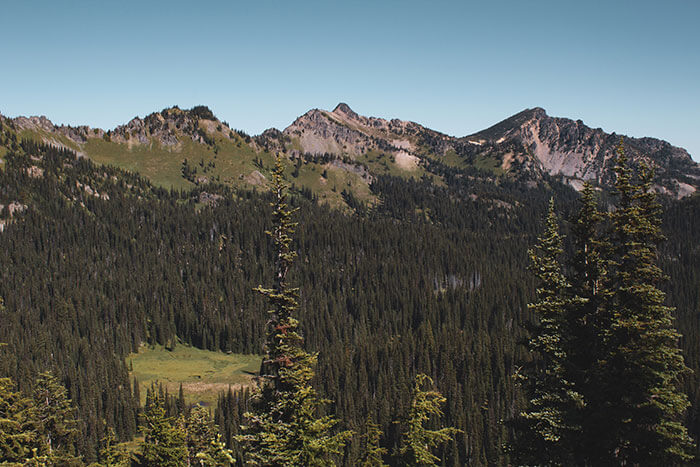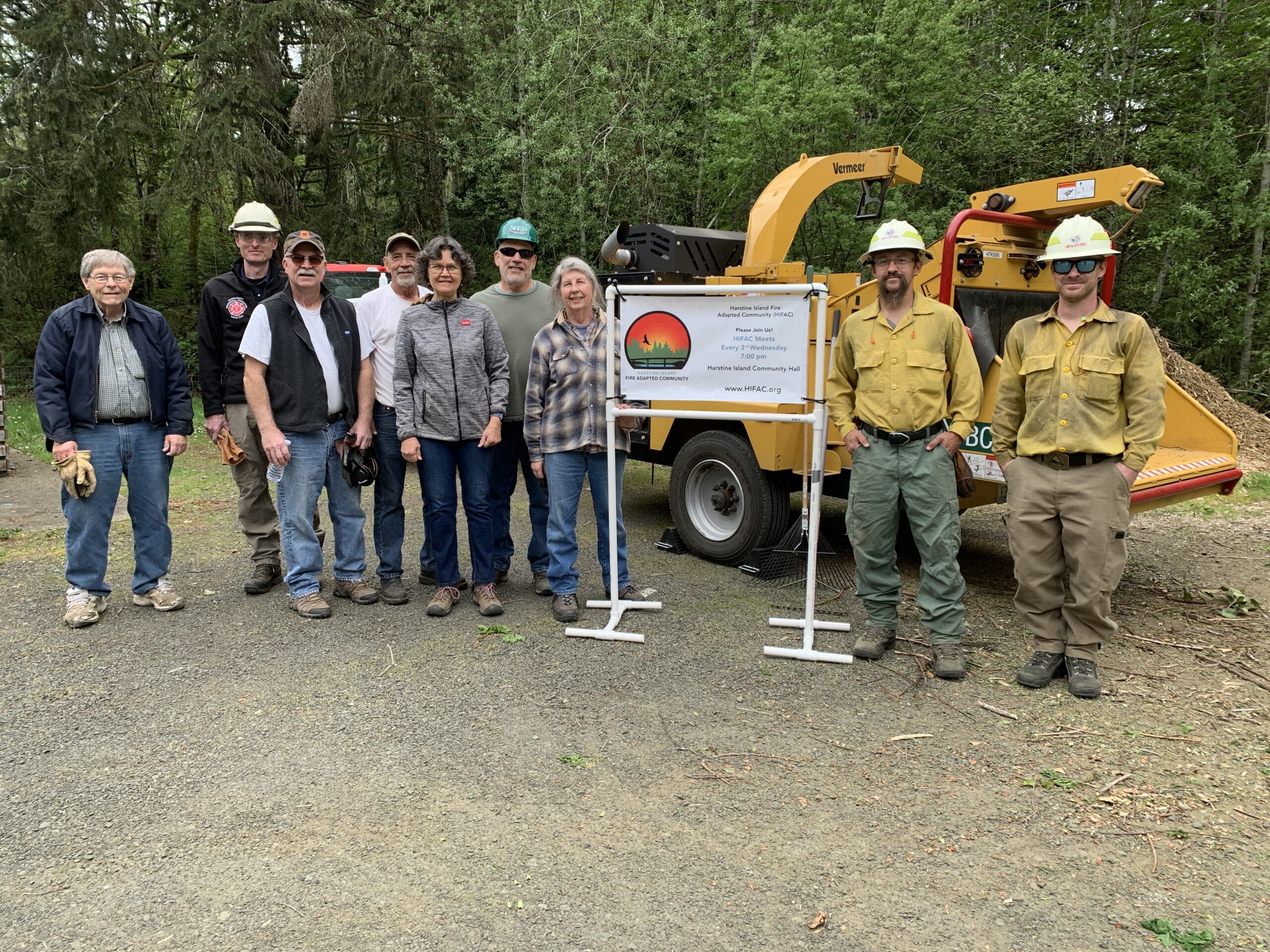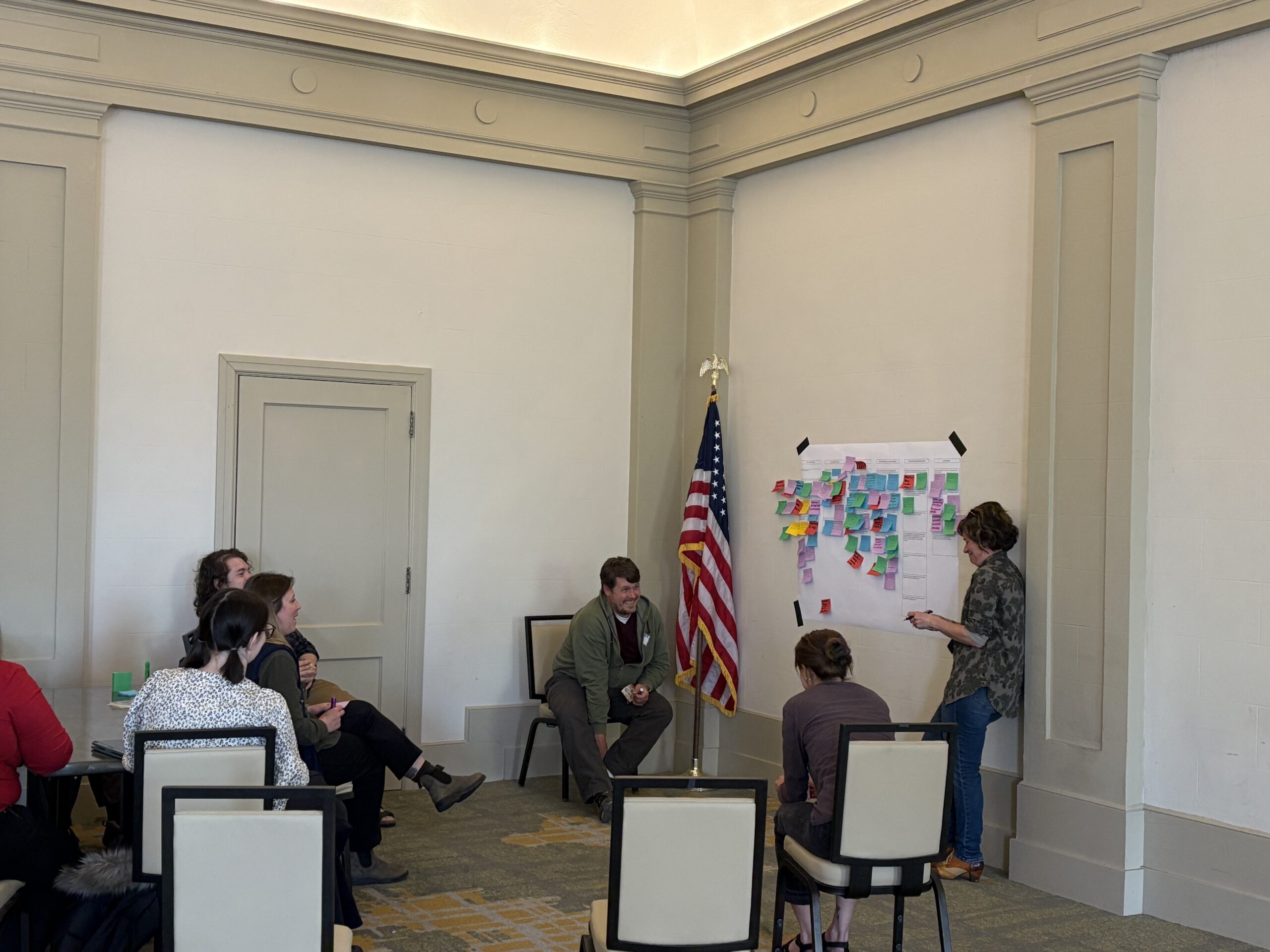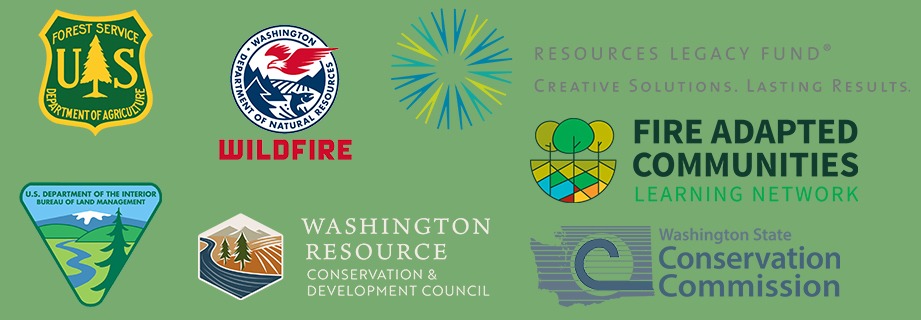The heart of our communities is in our homes. The more fire-resistant those homes are, the more resilient we can be as individuals and as neighborhoods. The Methow Valley has a diverse housing stock, from mansions to mobile homes. The one thing many of them have in common is, unfortunately, their susceptibility to wildfire. Most of the homes that we see during risk assessments are rated as high or extreme risk.
As homebuilding continues to rebound after the Great Recession, how can we convince builders and architects to keep wildfire in mind during the design and construction of new homes? What resources are out there for builders who want to educate themselves and their clients? These were the two key questions I had in mind as I built this workshop on fire resistant construction.
I am hugely grateful that I was able to attend the NFPA Backyards and Beyond conference in October 2015 (see previous post here). Hearing about the latest research into how homes ignite in wildfires, and seeing innovative products to resist embers helped me build the foundation of the workshop. I relied heavily on the following research products to inform the content of my presentation.
- “Pathways for Building Fire Spread at the Wildland Urban Interface”
- “A Case Study of a Community Affected by the Witch and Guejito Fires“
- “A Case Study of a Community Affected by the Waldo Fire – Event Timeline and Defensive Actions”
- Builders Wildfire Mitigation Guide
- IBHS wildfire demonstration
I turned to local connections in the design-build world to get their thoughts on both logistics and content. What time of year would be best? (January and February). What day and time? (Weekday evening…provide food if you can) Would they want to hear from sales reps or would that be annoying? (Appreciated as long it’s a short pitch followed by an opportunity for 1:1 questions after).
The presentation had four components:
- How do homes ignite? (based on research from the field and the laboratory)
- Best practices in fire-resistant construction
- Venting products designed for wildfire
- Q&A
- Throughout the presentation, I used photos from risk assessments on homes in the Methow Valley. I also made two key points throughout:
- Homes are fuel (as much as we may not want to admit that)
- Homes should be built to stand alone: fast-moving wildfires like we’ve experienced in 2014 and 2015 quickly overwhelm our local resources and leave homes undefended.
Following the advice of my builder contacts, I got in touch with two companies in California that manufacture ember and flame resistant vents. Both Brandguard and Vulcan Vents were mentioned by Dr. Steven Quarles in his “Vulnerability of Vents to the Entry of Wind-blown Embers” presentation at the Backyards and Beyond conference in 2015. A representative from Vulcan made the trip to the Methow, while Brandguard sent several samples in lieu of a rep.
To spread the word, I asked the same folks who gave me their thoughts to invite contractors and designers that they knew. I compiled a list of builders and architects from advertisers in the Methow Valley News’ annual “Methow Home” edition, and from the MethowNet.com business directory, then sent a personalized letter inviting them to attend. I dangled a small carrot: if they attended the workshop, Okanogan Conservation District would include them on our “firewise vendors” list.
I worked with our local radio station, KTRT (97.5 The Root) to create a paid promotion that ran two weeks before the class. Local radio rates are very affordable, and besides, I like supporting this local source of crucial emergency information (in fact, I’m listening to DJ Deputy Don talking about bug-out bags right now!). I also paid for small clickable ads on the MethowNet bulletin board.
We maxed out our 40 available seats with a 70:30 mix of builders and homeowners. Those that responded to the post-workshop survey said that they had learned some or mostly new information and 100% would include it when talking to clients about their choices of building materials. The information on vents and embers was consistently cited as completely new to the attendees.
I feel like this was a good first step, and that there is a continuing need and desire for information on fire adapted home building. I’d like to repeat this workshop this coming winter, and possibly add more content. Ideally, I’d like to partner with another FAC member to reach Westside builders and architects. One lead that I didn’t have time to pursue, but would like to going forward, is connecting to the Master Builders and other home builders’ associations. Let me know if you are interested in working with me on more Fire Resistant Construction seminars!
Tags:
